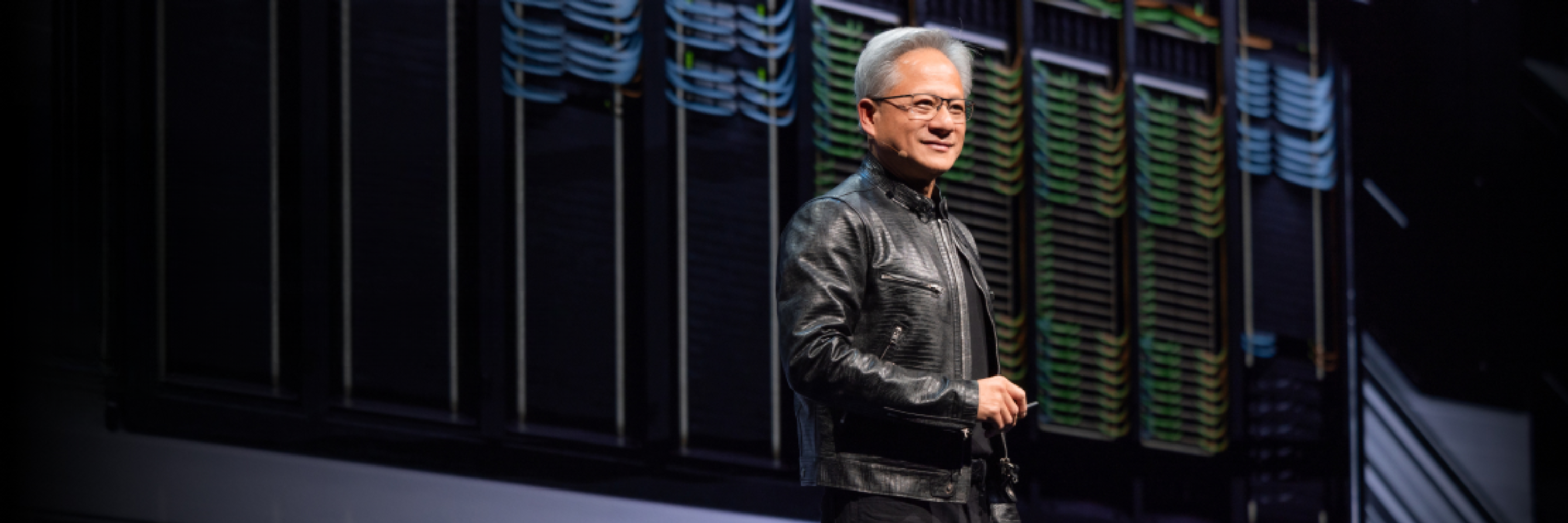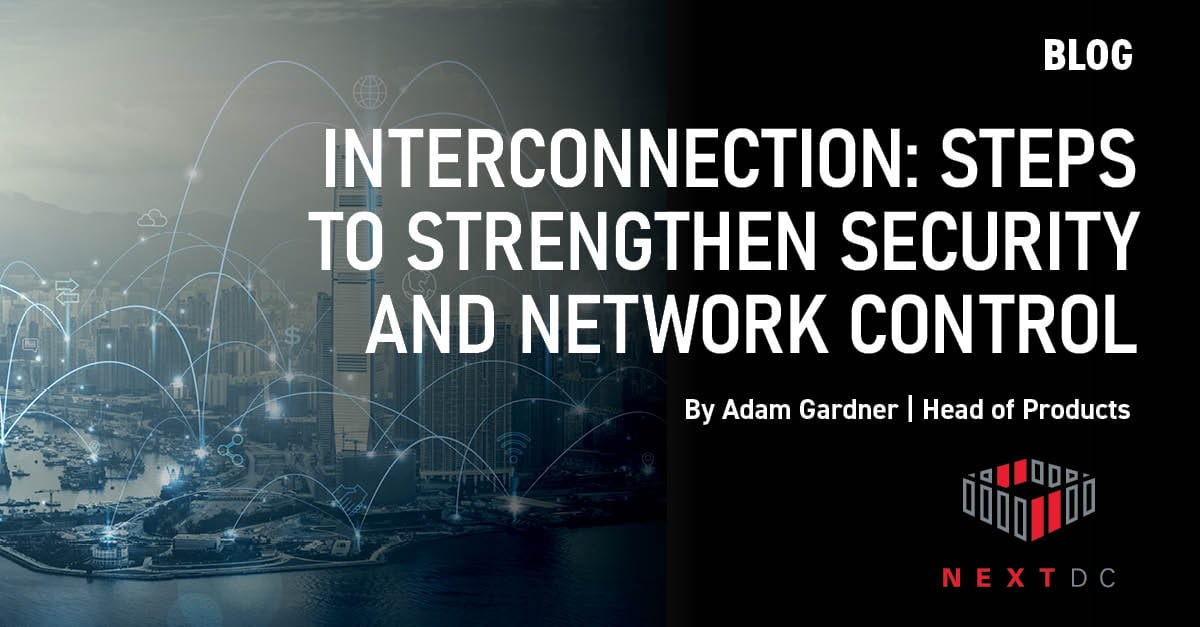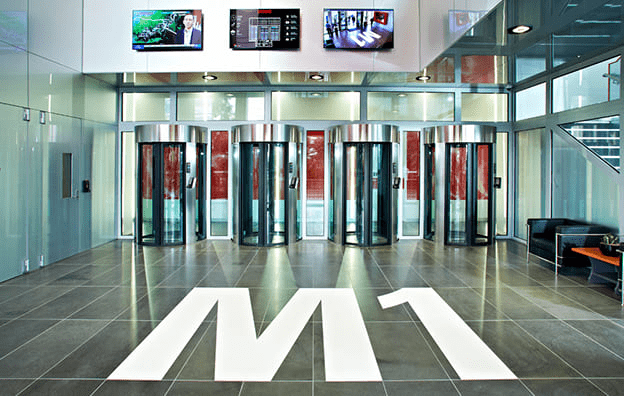By Steve Martin, Head of Channels
When it comes to delivering value to customers and orchestrating cloud services on their behalf, every solutions provider understands the potential perils of network outages and their downstream impact on dispersed IT infrastructure.
As consumers, enterprise-customers and operational teams become dependent on their digital experiences, network-related business continuity and application performance issues are on the rise. In our Hybrid IT world, it makes no sense to have Maserati infrastructure if it is being driven on an interconnection highway that is either closed or full of potholes.
Uptime Institute recently released research identifying network-related outages (at 29%) as the No.1 cause of serious IT downtime.
This is precisely why interconnection strategy has jostled its way to the forefront of infrastructure architecture conversations. Proactively seeking out all potential points of failure in the face of spiralling network complexity is a huge opportunity for IT services partners.
Targeting cost, productivity, risk
Effective interconnection – including a balance of physical and virtual services – is a shortcut to cost, productivity and risk mitigation benefits; so, if you can get this right as a service provider, you’re well on the way to being indispensable.
To achieve optimal availability outcomes, networks must be pro-actively mapped, measured, and managed to achieve the same fault tolerance goals as infrastructure platforms. Also, like infrastructure, risk management strategy around connectivity is complex and best mitigated through strategic partnering.
Eliminating third-party failure
According to the Uptime research, a “third-party network provider failure” was the identified reason for 43% of respondents who had experienced a network outage in the previous three years.
Networks supporting interconnection architecture are increasingly defined by their technical and operational complexity. Uptime iterated that “ownership, visibility, and accountability (of third-party networks) can also be complicated” which introduces the possibility of blind “overlapping points of failure or capacity pinch points”.
In Australia, where multiple carriers and MSPs can be sharing the same wholesale fibre services, there is huge ‘risk mitigation’ value partners can introduce via the interconnection architecture of hybrid network routes. They can ensure that customers redundancy planning includes 100% diversity in fibre routes, network equipment, and service providers so the risk of service outage is as close to zero as possible.
Third-party services rarely offer the controls to manage this, but customers need certainty for their Hybrid- and Multi-Cloud environments. Interestingly, Uptime’s research also revealed that those organisations which had avoided outages in three years were the ones that prioritised “controllable factors such as diversity and redundancy”.
A ubiquitous Hybrid world
Hybrid IT has proven to be the most cost-effective, operationally efficient, and flexible way to accelerate benefits of digitisation which is why it’s now essentially ubiquitous. Bringing control to the chaotic scope and complexity of interconnections required to mesh diverse clouds, people, locations, and services is a green field of opportunity for our partners.
Huge value can be added through orchestrating more real-time visibility and control over connectivity services and routing within their own domains of physical and virtual infrastructure.
Layer 2 services are becoming the preferred option for cloud-to-cloud connectivity as they enable customised security and resilience postures. They also introduce agile self-provisioning of direct connections billed under a utility model where you choose the performance and duration required and pay accordingly.
Data and ecosystem sovereignty
Data sovereignty is increasingly a compliance challenge for every organisation. Australia has some of the strictest laws and governance structures overseeing what happens to personal and business data collected in this country.
This is another area where enterprise and government customers are crying out for support from strategic partners. We have seen the introduction of DTA hosting certifications and the reclassification of data centres as ‘critical infrastructure’ putting additional responsibility on operators to meet minimum standards for physical security, resilience, and operational processes.
The only way to have 100% certainty about data sovereignty across the entire digital supply chain is to be embedded in a sovereign ecosystem contained entirely within a national platform of sovereign data centres.
Building the type of flexible, intelligent, and manageable networks with self-healing capability to identify and rectify congestion or outages as (or before) they present is critical to eliminating service interruption and performance degradation that impacts user/customer experience.
The colocation advantages
Hybrid IT is here to stay. And the interconnection architecture bringing all elements together is only going to get more complex in nature. Not everything is suited to or capable of being managed in the cloud, but most applications will be generating and/or capturing data destined to end up as a cloud workload where it will be analysed and turned into intellectual property.
This raises the question; “Where is the best place for organisations to host their physical IT footprint to optimise interconnection with the people, clouds and services and locations dependent upon its availability?”.
When you consider the criticality of networks, the diversity of services required and the imperative to manage costs, level up flexibility and agility, and create operational efficiencies, colocated sovereign ecosystems make a lot of sense.
For it is here that end customers can benefit from near-zero latency for performance-sensitive cloud interactions as well as providing a security and resilience overlay embedded into SLAs.
Reach out to NEXTDC to better understand how we can help you build network resilience, redundancy, and flexibility as core propositions of your interconnection strategies and services.
Discover our latest Datacentres
NEXTnews
Executive Summary NVIDIA’s announcements at GTC 2025 — including the launch of the Blackwell...Read more

Adam Gardner – Head of Products, NEXTDC. Sydney, Australia – March 24, 2025 – NEXTDC,...Read more

San Jose, California – March 2025 This week at NVIDIA GTC 2025, the global stage for AI innovation,...Read more



